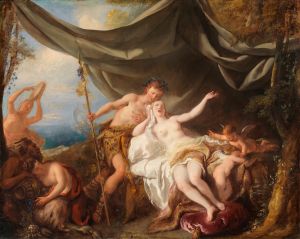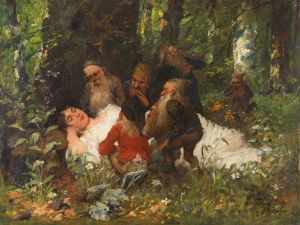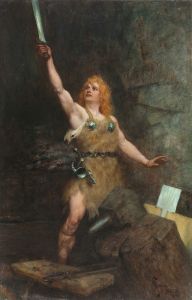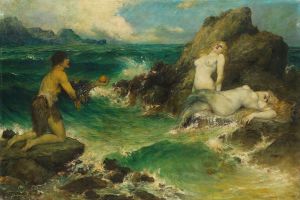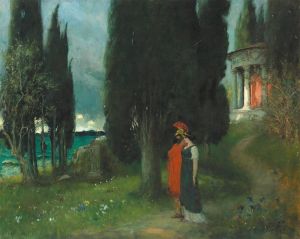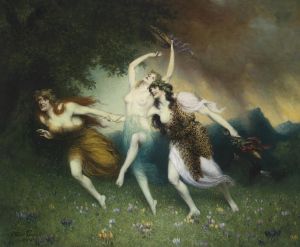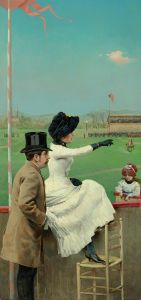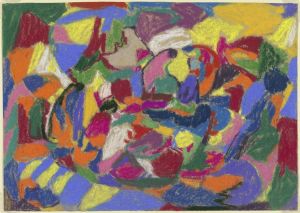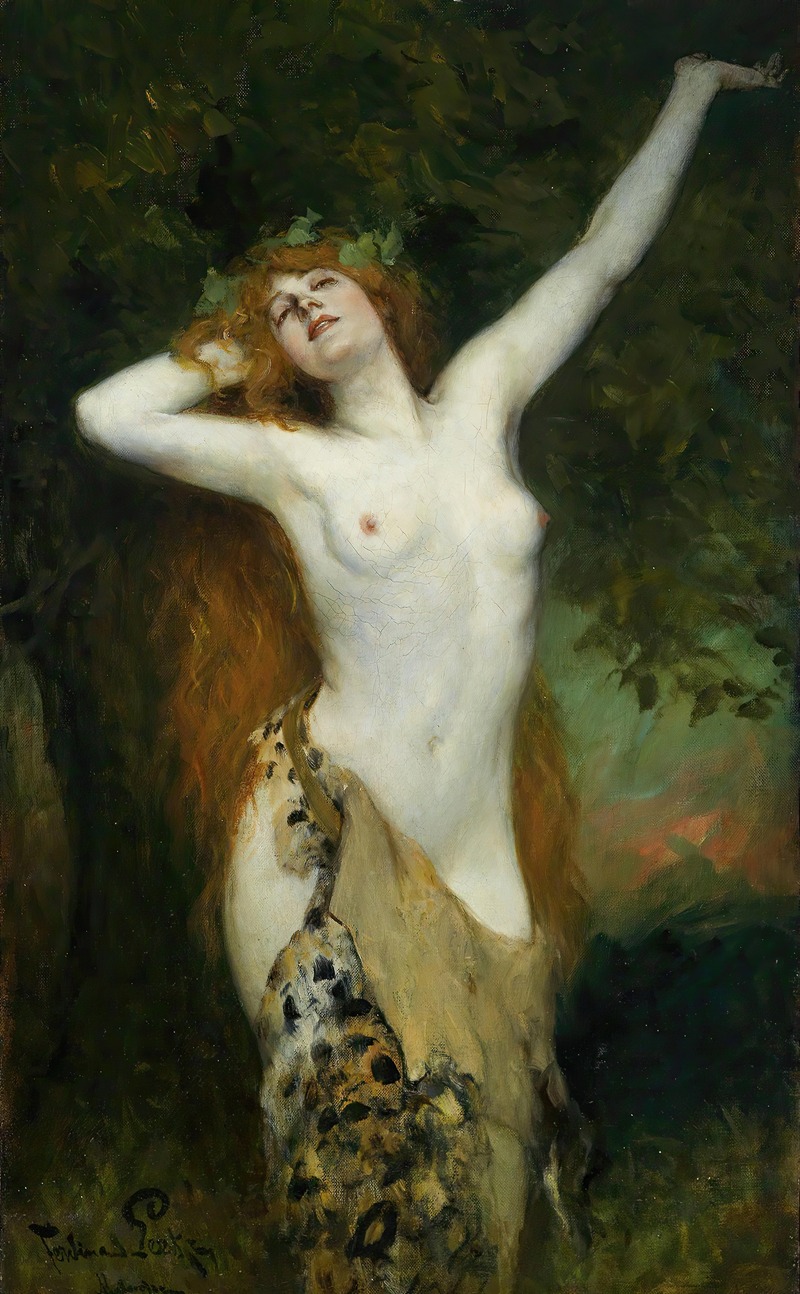
Bacchantin
A hand-painted replica of Ferdinand Leeke’s masterpiece Bacchantin, meticulously crafted by professional artists to capture the true essence of the original. Each piece is created with museum-quality canvas and rare mineral pigments, carefully painted by experienced artists with delicate brushstrokes and rich, layered colors to perfectly recreate the texture of the original artwork. Unlike machine-printed reproductions, this hand-painted version brings the painting to life, infused with the artist’s emotions and skill in every stroke. Whether for personal collection or home decoration, it instantly elevates the artistic atmosphere of any space.
Ferdinand Leeke was a German painter known for his works that often depicted mythological and historical themes. One of his notable paintings is "Bacchantin," which reflects his interest in classical mythology and the romantic style that was prevalent during his time.
"Bacchantin" is a work that captures the essence of the Bacchantes, the female followers of Bacchus, the Roman god of wine, known as Dionysus in Greek mythology. These women were often depicted in art and literature as being in a state of ecstatic frenzy, celebrating the god through dance, music, and revelry. Leeke's painting embodies this spirit by portraying a Bacchante in a moment of joyous abandon, likely participating in one of the many festivals dedicated to Bacchus.
Ferdinand Leeke was born on April 7, 1859, in Burg bei Magdeburg, Germany. He studied at the Academy of Fine Arts in Munich, where he was influenced by the romantic and classical traditions that were prominent in the German art scene at the time. Leeke's education and the cultural environment of Munich, a hub for artists and intellectuals, played a significant role in shaping his artistic style.
Leeke's "Bacchantin" is characterized by its vibrant use of color and dynamic composition, which are hallmarks of his work. The painting likely features a Bacchante in flowing garments, possibly adorned with grapevines or ivy, which are traditional symbols associated with Bacchus. The background might depict a natural setting, such as a forest or a vineyard, enhancing the connection to nature and the divine ecstasy associated with Bacchic rituals.
Throughout his career, Leeke was known for his ability to capture the emotional intensity and drama of his subjects, a skill that is evident in "Bacchantin." His works often convey a sense of movement and vitality, drawing the viewer into the scene and inviting them to experience the mythological narrative firsthand.
Leeke's paintings, including "Bacchantin," are part of a broader tradition of 19th-century European art that sought to revive and reinterpret classical themes. This period saw a renewed interest in ancient mythology, driven by a fascination with the past and a desire to explore themes of passion, nature, and the human condition.
While specific details about the creation and current location of "Bacchantin" are not widely documented, Leeke's work remains appreciated for its contribution to the romantic and mythological art of his time. His paintings continue to be studied and admired for their technical skill and the way they capture the timeless allure of classical mythology.
Ferdinand Leeke passed away on February 18, 1923, in Munich, leaving behind a legacy of art that continues to inspire and captivate audiences. His work, including "Bacchantin," serves as a testament to his talent and his ability to bring the myths of the ancient world to life through his art.





